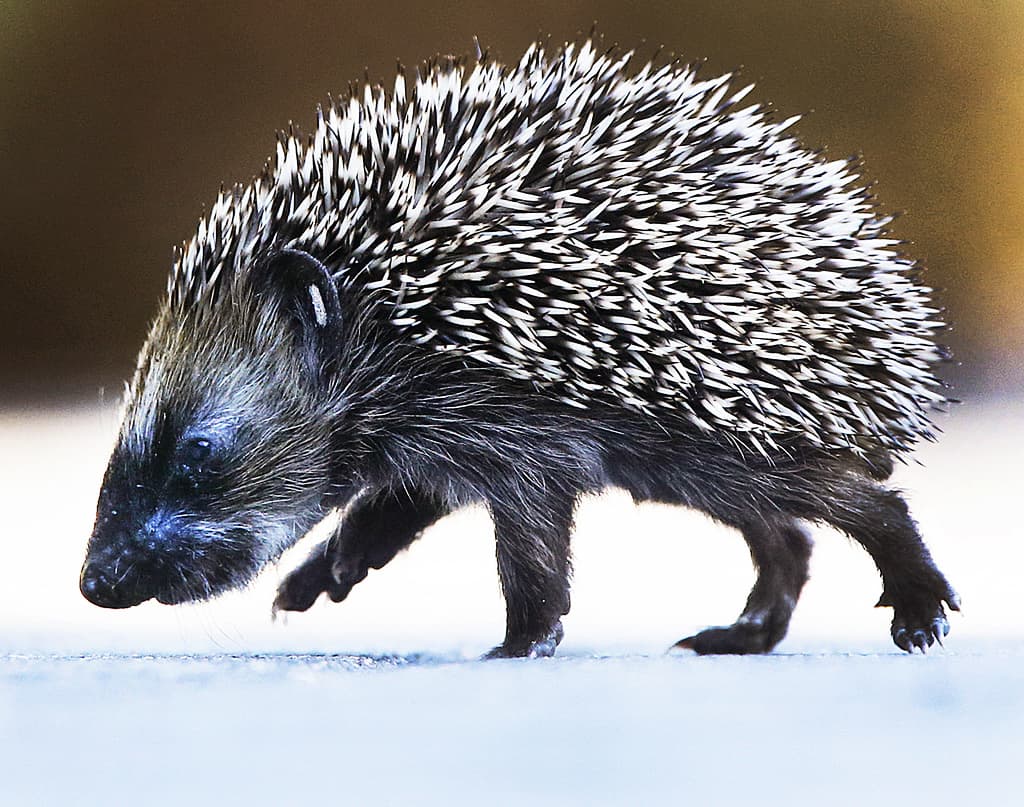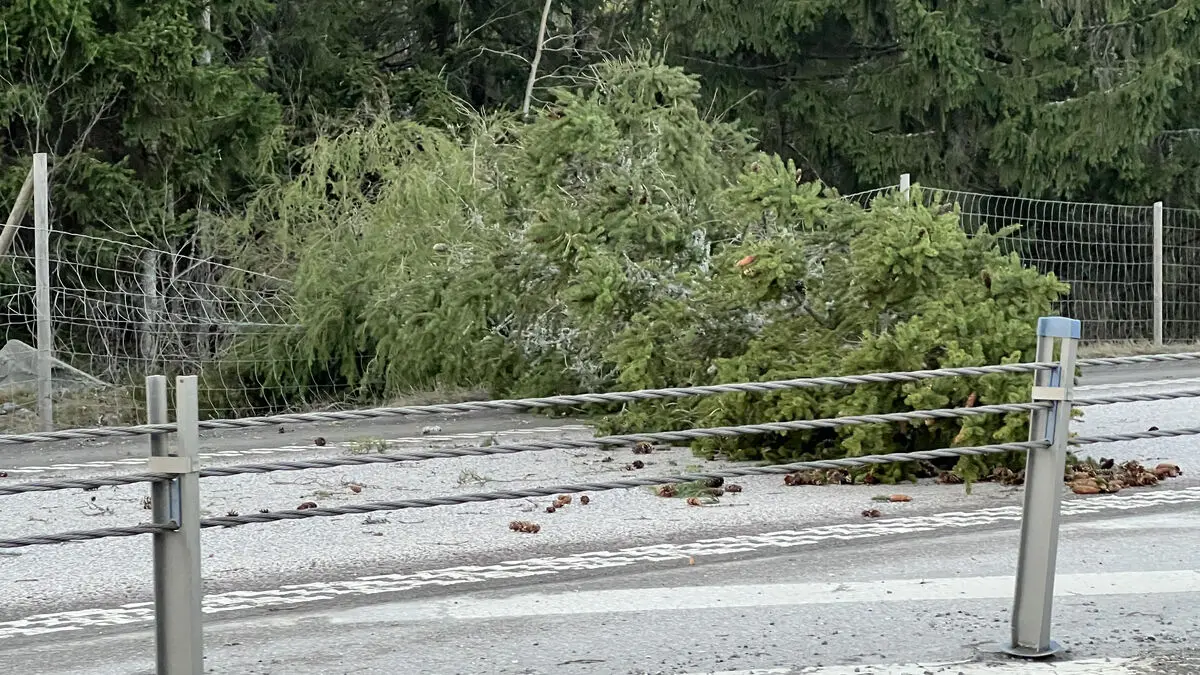I think it's because the hedgehog is a beloved animal, but also a missing animal in many parts of the country, says Jessica Ångström, animal and nature expert at WWF, who is responsible for the hedgehog count.
In contrast to many other wild animals, hedgehogs do not shy away from living close to humans and do not say no to being fed, for example, with cat food.
It's a bit like small birds that come to our bird feeders – the animals we can have a relationship with, they also create engagement.
Research is lacking
The hedgehog is declining. According to SLU Artdatabanken, the number of hedgehogs may have decreased by as much as 40 percent in twelve years, a figure that is based on relatively few observations. Since 2020, the species has been red-listed, which means it is "near threatened".
The hedgehog count, which runs until Sunday, is the first of its kind and part of a four-year project. Those who want to contribute can register with WWF.
We don't have much knowledge about hedgehogs, neither when it comes to statistics nor research. Using citizen science is a fantastic way to get a lot of statistics, but also to increase knowledge about what hedgehogs need, says Jessica Ångström.
Messy corners
Those who have their own garden can let it be a bit wild, if the hedgehog gets to choose.
Save some messy and cluttered corners with leaf and twig piles. It provides building material and places to seek shelter, but it also benefits a lot of decomposing insects, such as ground beetles, snails, and worms – all that which hedgehogs need.
Maybe the hedgehog will also eat the occasional murderer snail.
I think it can eat murderer snails, but it might not be its favorite food. If you feed hedgehogs with tasty cat food, they will probably choose the cat food over murderer snails, says Jessica Ångström.
Cecilia Klintö/TT
Facts: Unknown cause of decline
TTTT
The hedgehog is red-listed and has the status of being "near threatened". What lies behind the decline in recent years is unknown. Some hypotheses:
The landscape has changed so that environments that are beneficial for hedgehogs have become rare, for example, grasslands with dense shrubs, thickets, and deciduous trees.
Hedgehogs are affected by an unknown disease.
They are affected by environmental toxins and pesticides, such as rat poison.
Many hedgehogs also die in traffic.
Hedgehogs also have natural enemies in the form of badgers and golden eagles.
Source: SLU Artdatabanken and WWF





